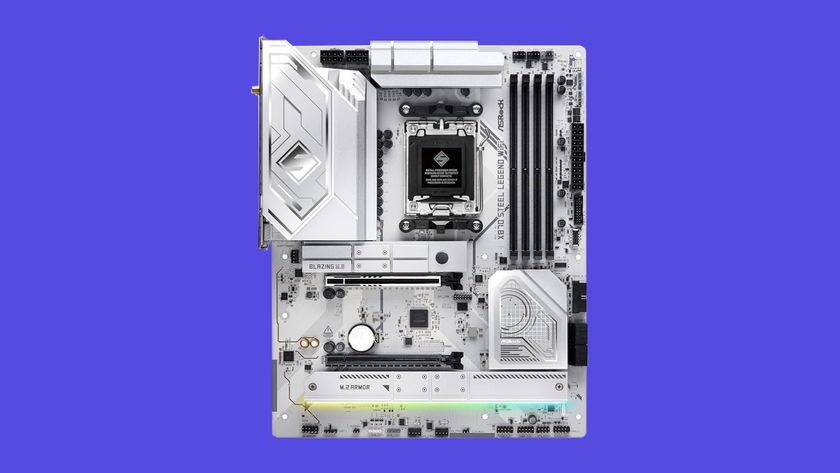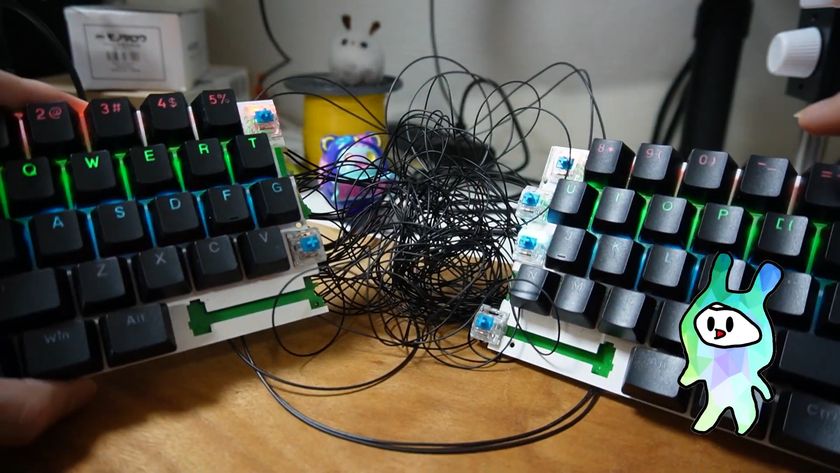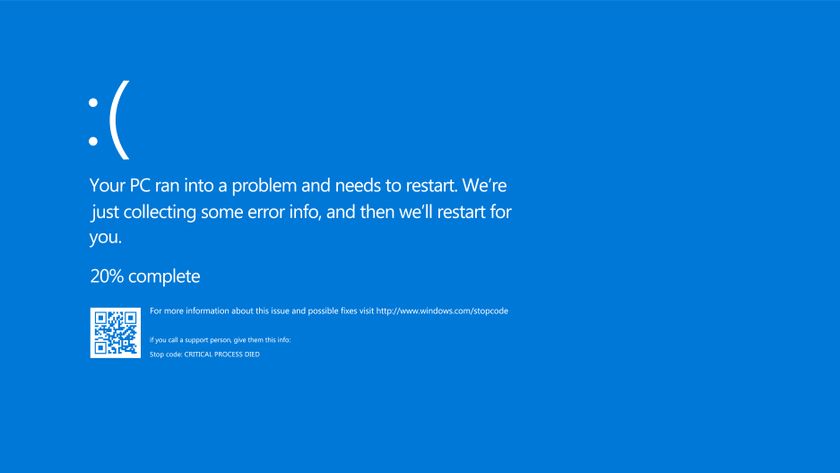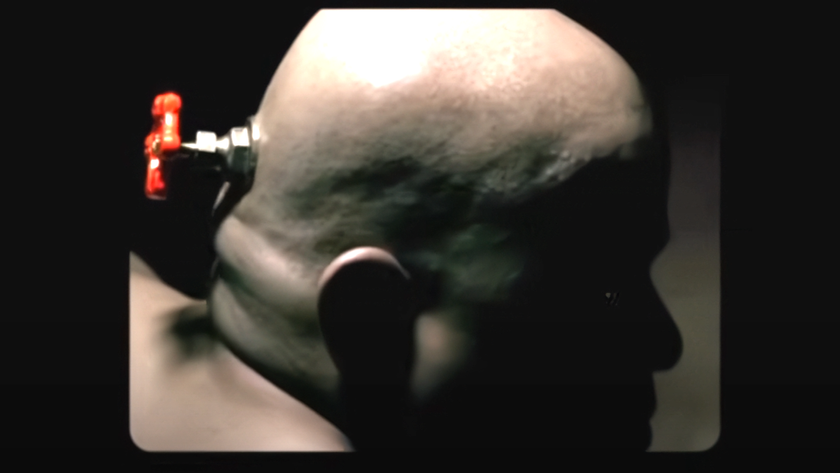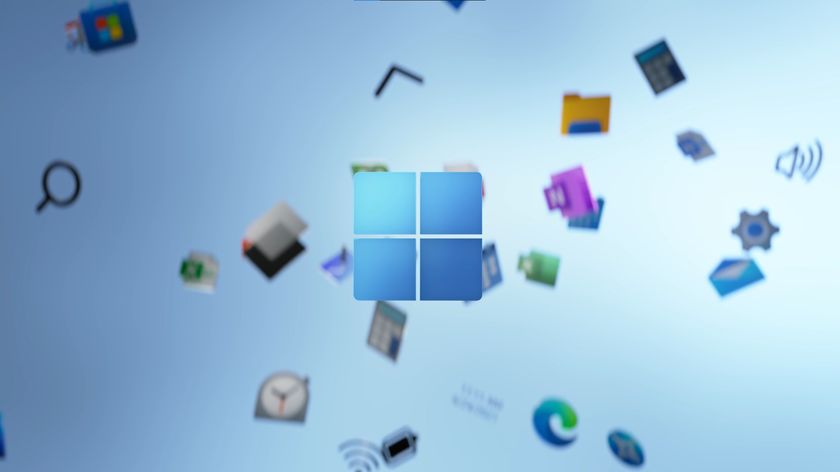This Intel video series is a great way to learn how CPUs work
Ever wonder exactly what your CPU is doing? Or what the first computer bug was? Give it a watch.
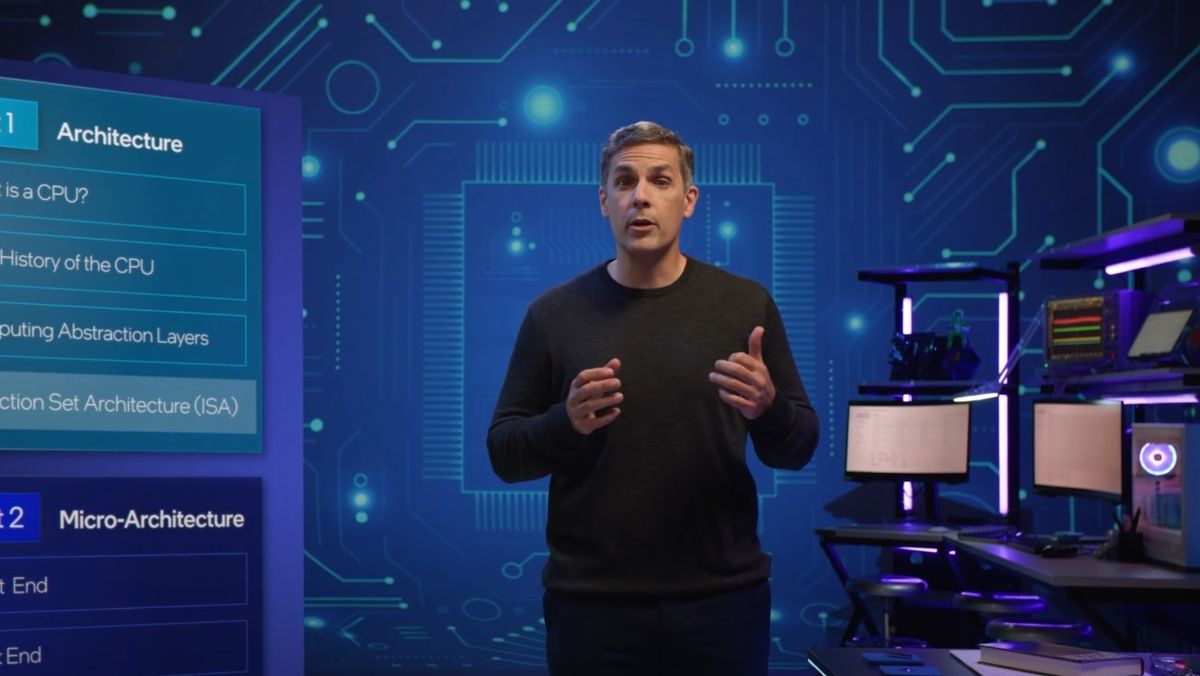
Intel has started releasing a series of explainer videos as part of a new series called Architecture All Access, and it's actually a good way to learn more about your PC. In each video, senior Intel leaders will go deep on a particular facet of how computers work, starting with, unsurprisingly, the CPU. With the competition between AMD and Intel so fierce right now, it's a great time to learn about the brain of a modern PC.
This week's two-part course is Modern CPU Architecture hosted by Boyd Phelps, the CVP of client engineering at Intel. Phelps has worked on Intel CPUs dating back to Nehalem in 2008, up through the recent Tiger Lake chips.
There's a lot to take in from these videos, but if you have some time to kill this weekend, you can learn about the history of CPUs, and get to take some deep dives into the more advanced CPU architecture concepts. Part one covers the broad strokes of what CPUs are and what they do, and also has a great story about the first computer bug. (Spoilers: It was an actual bug.) Part two covers the key parts of a CPU in a "microarchitecture deep dive" and goes into the future of computing in the coming years.
Phelps does a great job explaining complex topics like branch prediction and CPU microarchitecture in a digestible way. The series doesn't require a doctorate in computer engineering to understand, which is always a plus.
The biggest gaming news, reviews and hardware deals
Keep up to date with the most important stories and the best deals, as picked by the PC Gamer team.

Jorge is a hardware writer from the enchanted lands of New Jersey. When he's not filling the office with the smell of Pop-Tarts, he's reviewing all sorts of gaming hardware, from laptops with the latest mobile GPUs to gaming chairs with built-in back massagers. He's been covering games and tech for over ten years and has written for Dualshockers, WCCFtech, Tom's Guide, and a bunch of other places on the world wide web.


